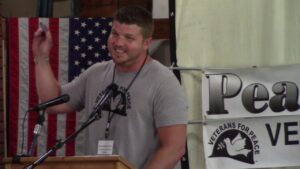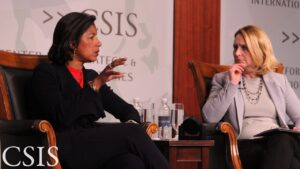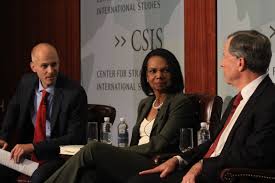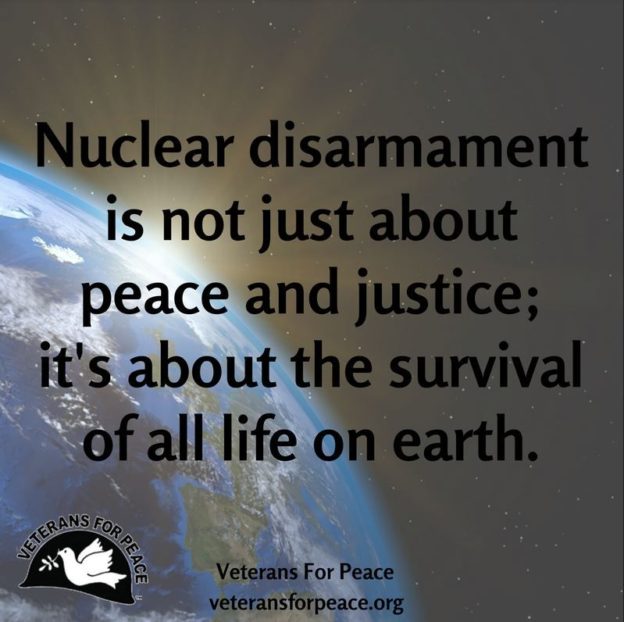Kathy Kelly, writing on behalf of the Committee to Oversee Closure of Voices for Creative Nonviolence: Sean Reynolds, Sarah Ball, Ken Hannaford-Ricardi, Kathy Kelly, and Bob Alberts

VCNV is closed down but here are some important efforts that continue…
Voices for Creative Nonviolence UK (www.vcnv.org.uk) is not closing and will continue its work ably led by Maya Evans.
The Afghan Peace Volunteers (ourjourneytosmile.com) and the Global Days of Listening (globaldaysoflistening.org) will welcome ongoing communication and solidarity.
We at Voices U.S. will be archiving our website, and closing our bank account, in early 2021. We again thank all who have so generously supported us. We pledge to return-to-sender any checks
we receive after November 10th. All of the money in our account will be disbursed.
Any funds designated for the Afghan Peace Volunteers will be sent to them, and we hope to assist their budget requests for the Afghan calendar year which runs from March 2020 – March 2021.
We will also make, and additionally encourage, donations to:
- Voices for Creative Nonviolence UK (www.vcnv.org.uk)
- Jesuit Refugee Services projects in Kabul (1627 K St NW Ste 1100, Washington, DC 20006). Voices members have regularly visited JRS projects, including education efforts, within a particular refugee camp, and have known of JRS’ admirable work in Kabul since our first visit in 2010. Checks can be sent payable to Jesuit Refugee Services, with “Kabul projects” written in the memo section and/or with an accompanying note designating that the contribution is for JRS’ projects in Kabul.
- Emergency Surgical Center for Victims of War, Afghanistan (https://en.emergency.it/projects/afghanistan-kabul-surgical-centre/). Voices members have regularly visited their hospital in Kabul since our first visit to Afghanistan in 2009. Donations can be made through Emergency’s website.
- Yemen Relief and Reconstruction Fund (https://yemenfoundation.org/) Donations can be made through the website or checks can be made payable to: Yemen Relief and Reconstruction Foundation (YRRF) and mailed to: 3216 74th Place SE, Mercer Island, WA 98040
Over the years, we have collaborated with several other organizations whose work we also plan to support with contributions. These include:
- World Beyond War (worldbeyondwar.org)
- Witness Against Torture (witnessagainsttorture.com)
- The Nuclear Resister (nukeresister.org
and
- The Kings Bay Plowshares 7 (kingsbayplowshares7.org)










